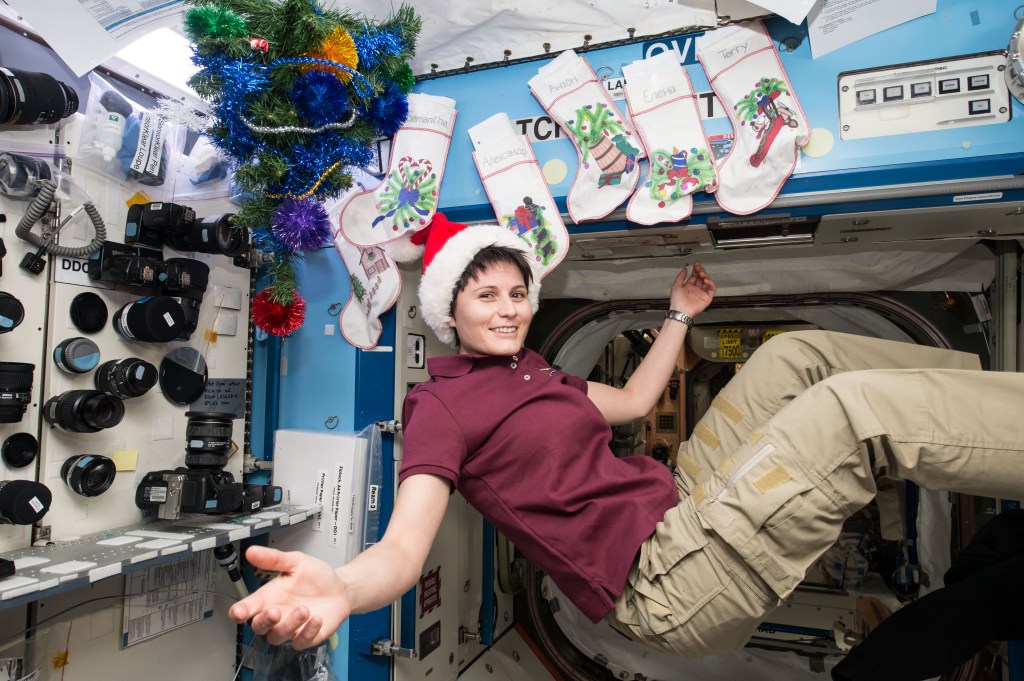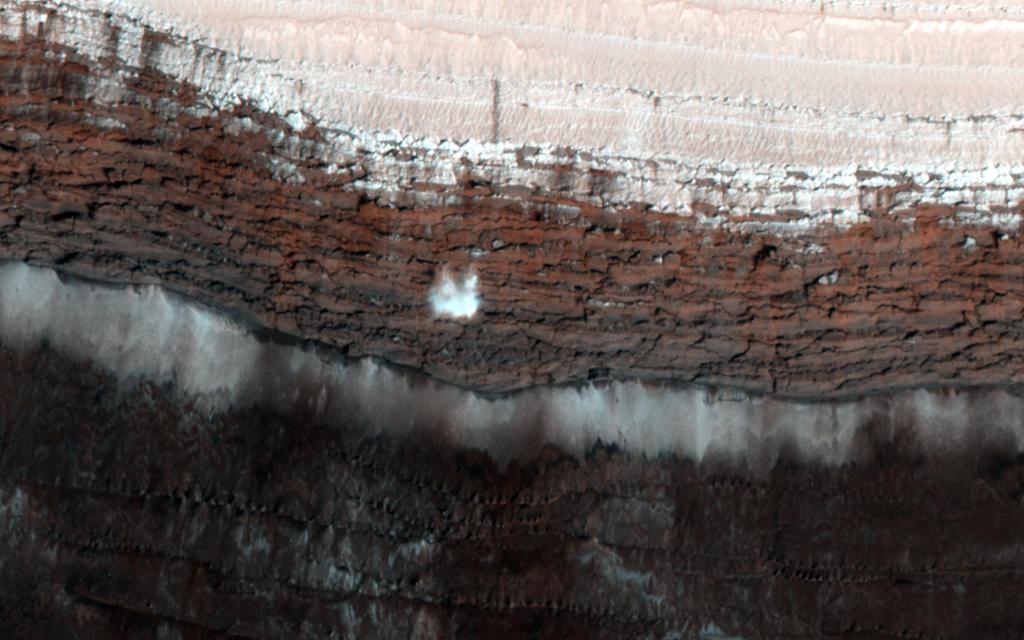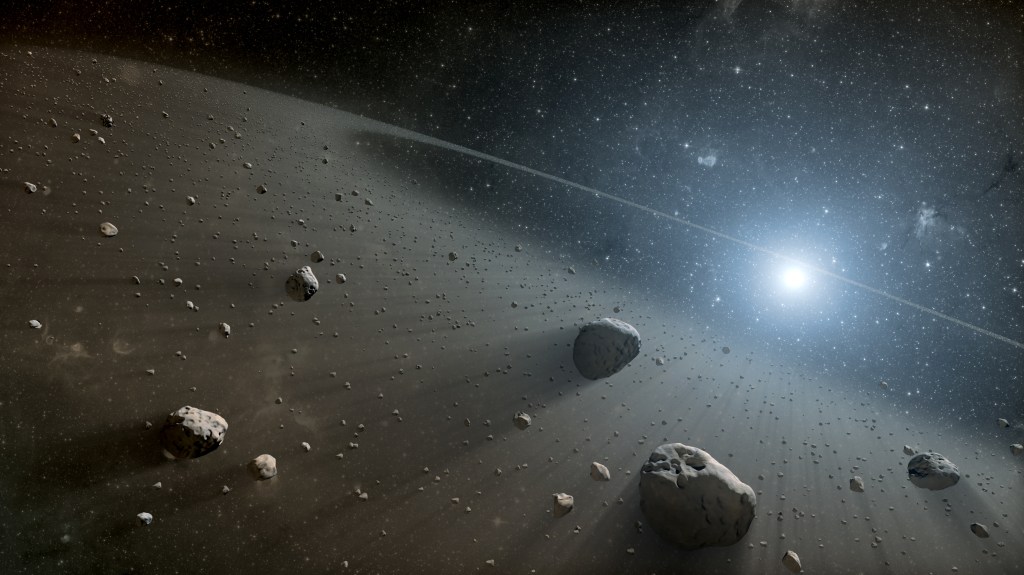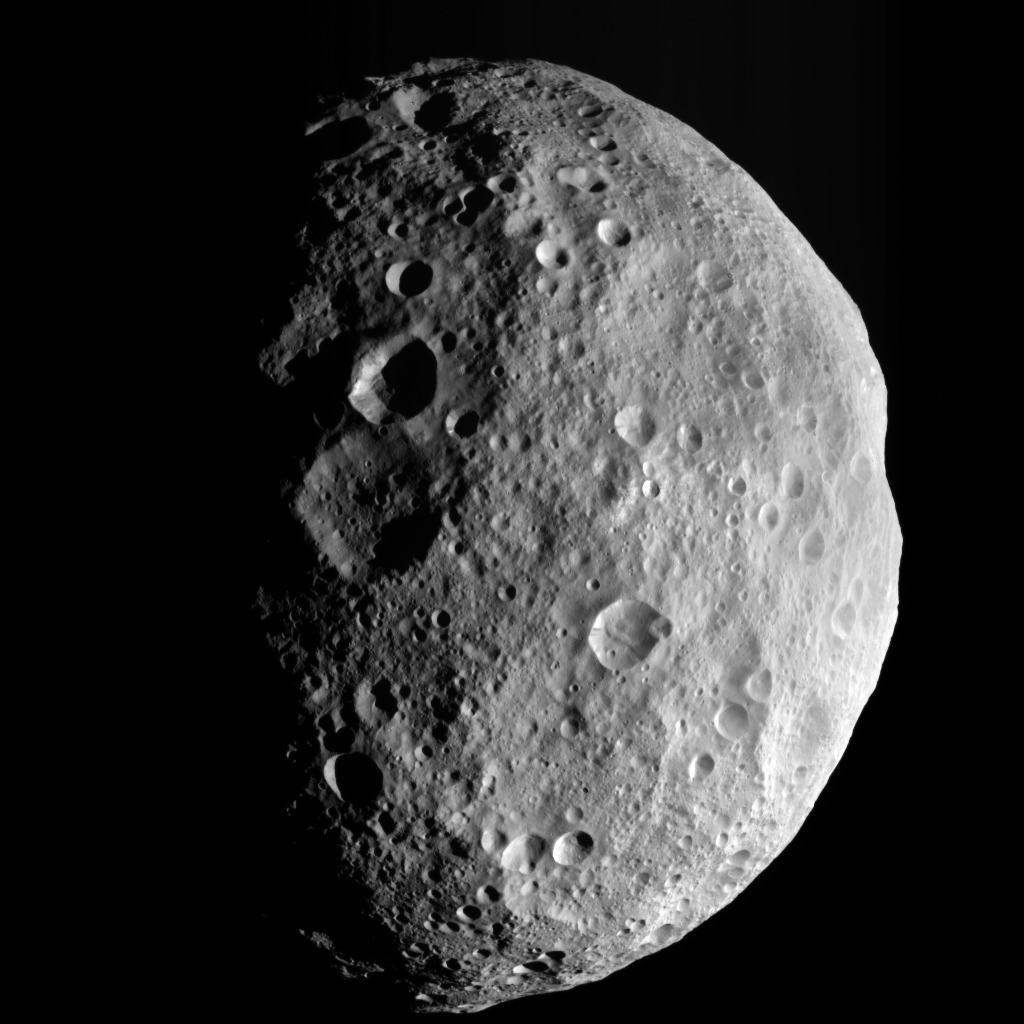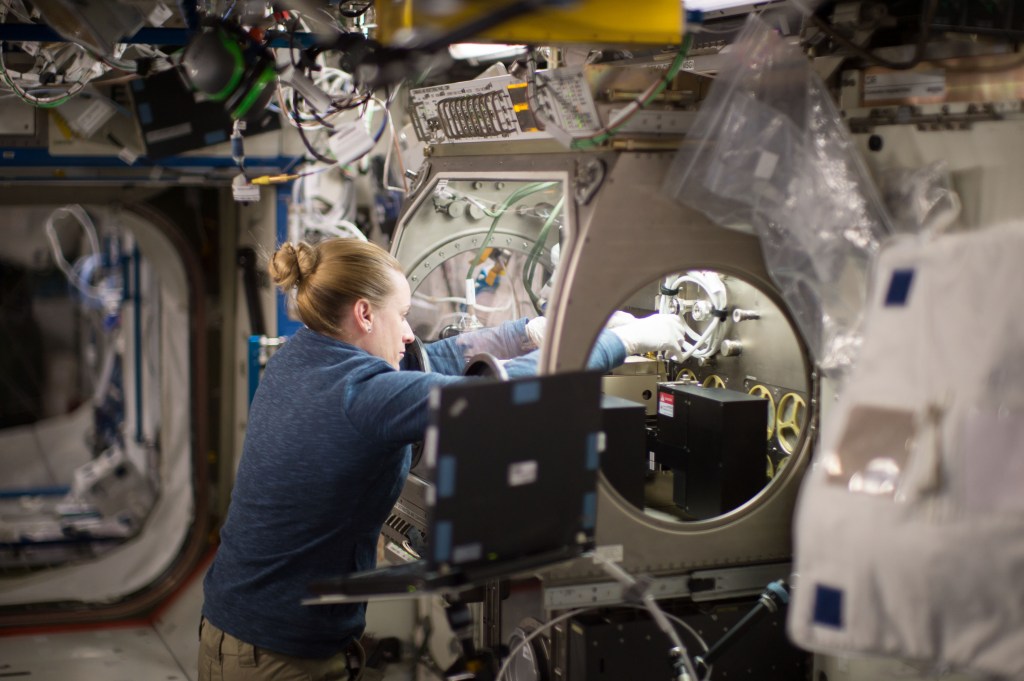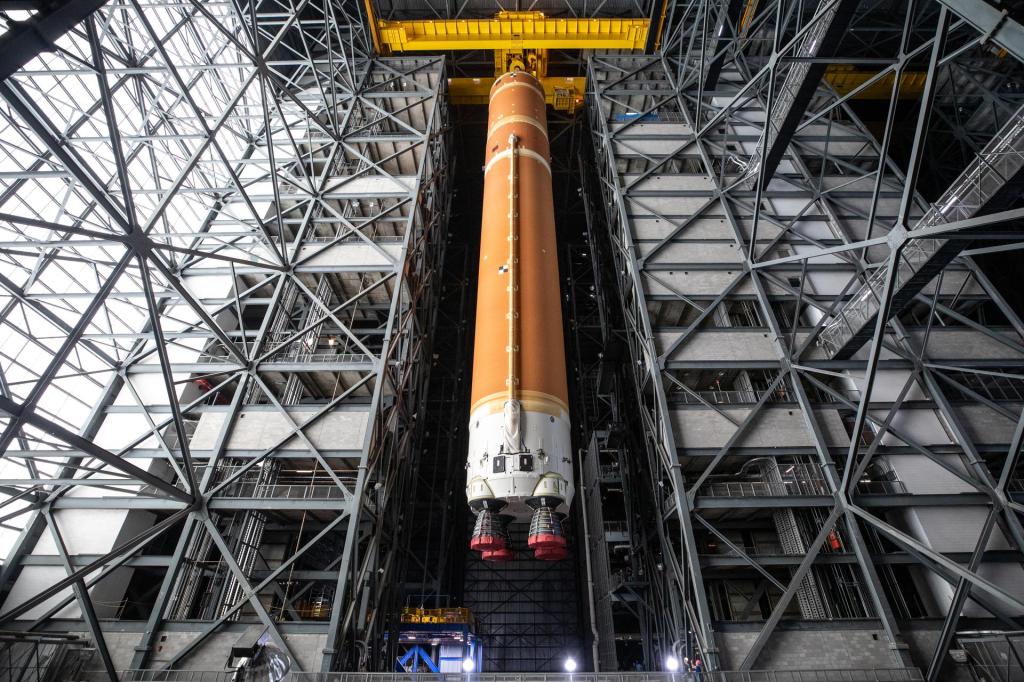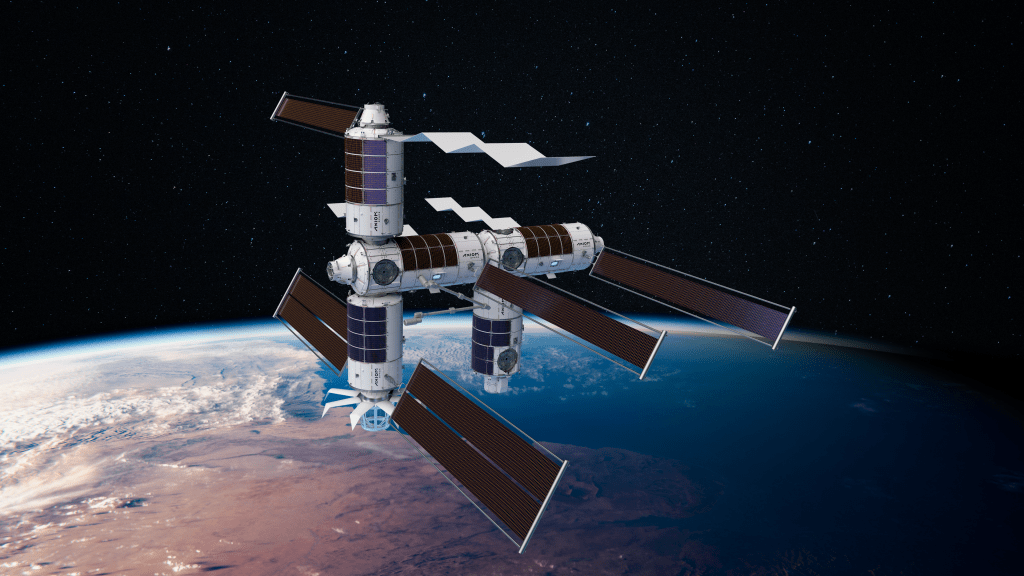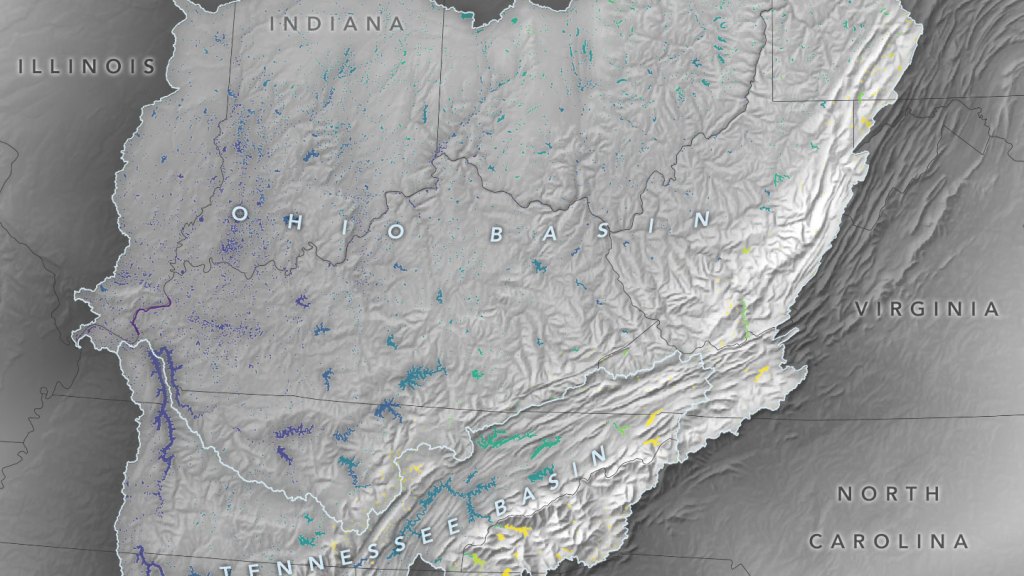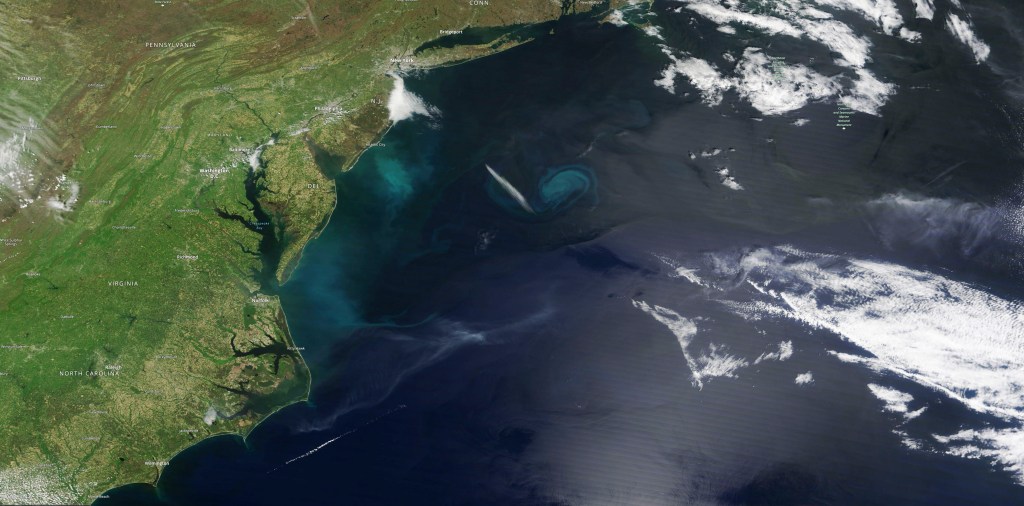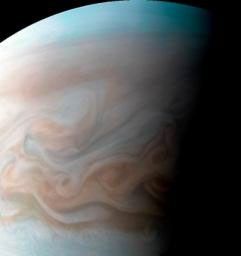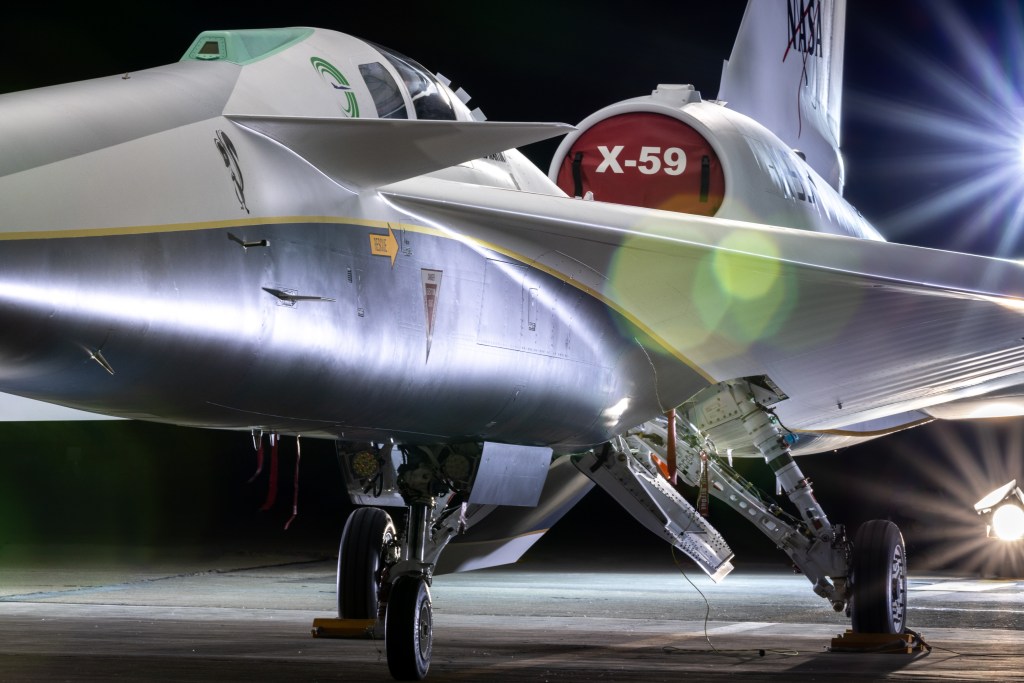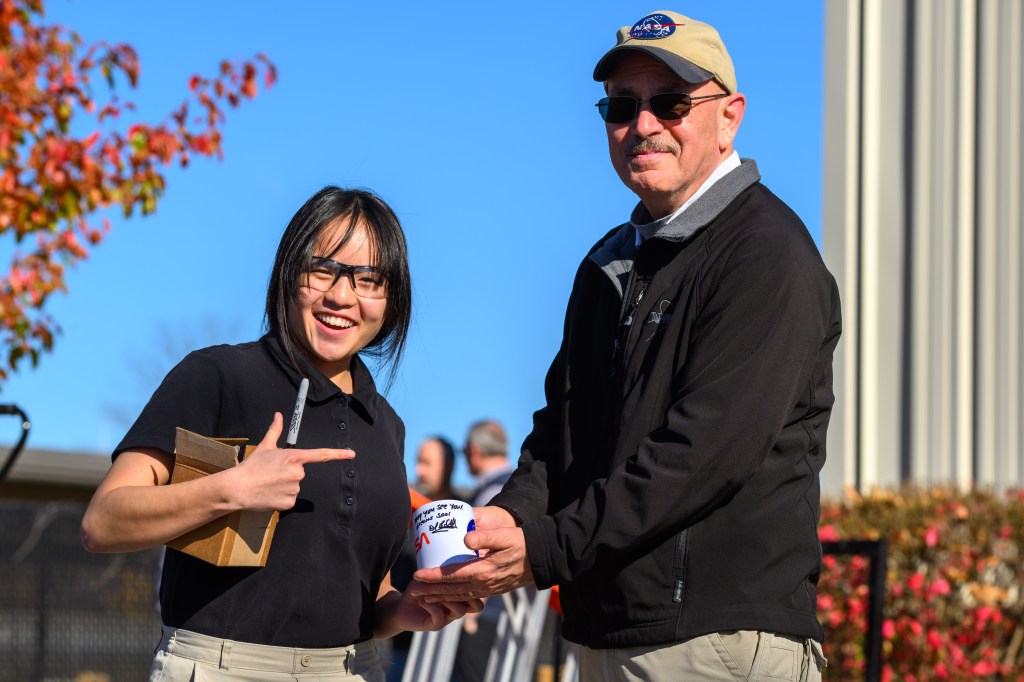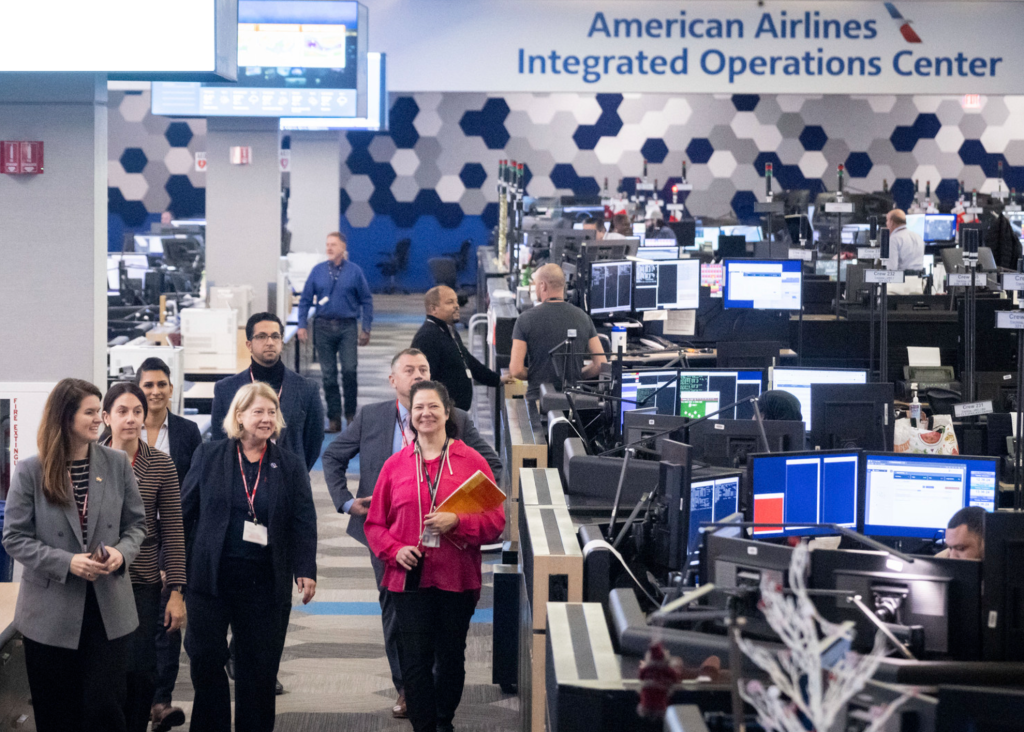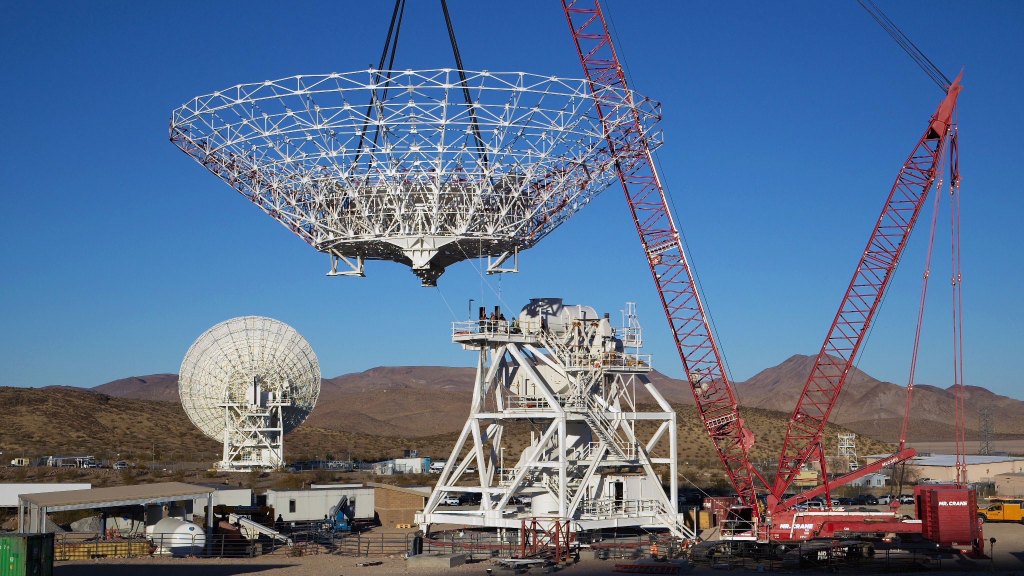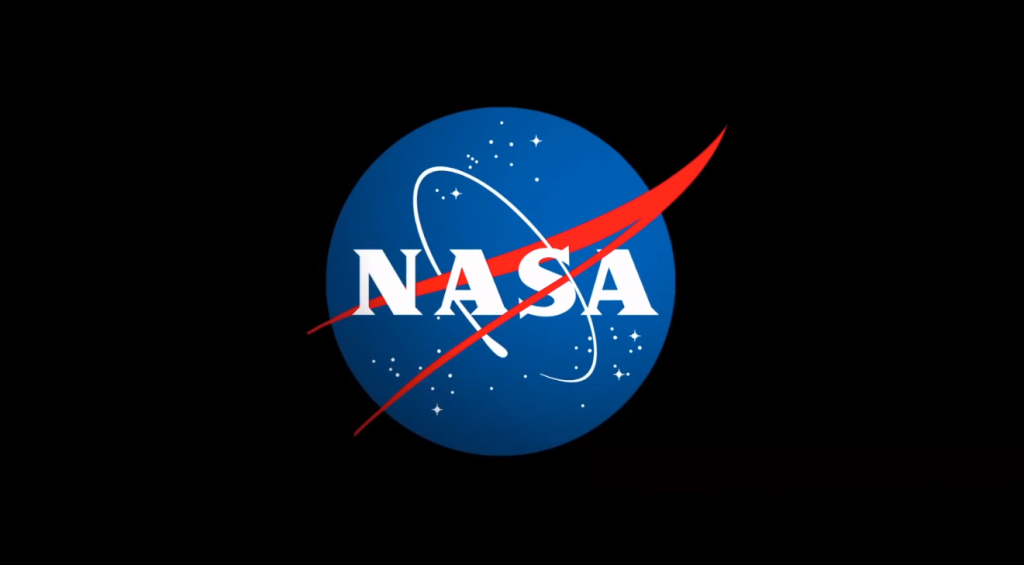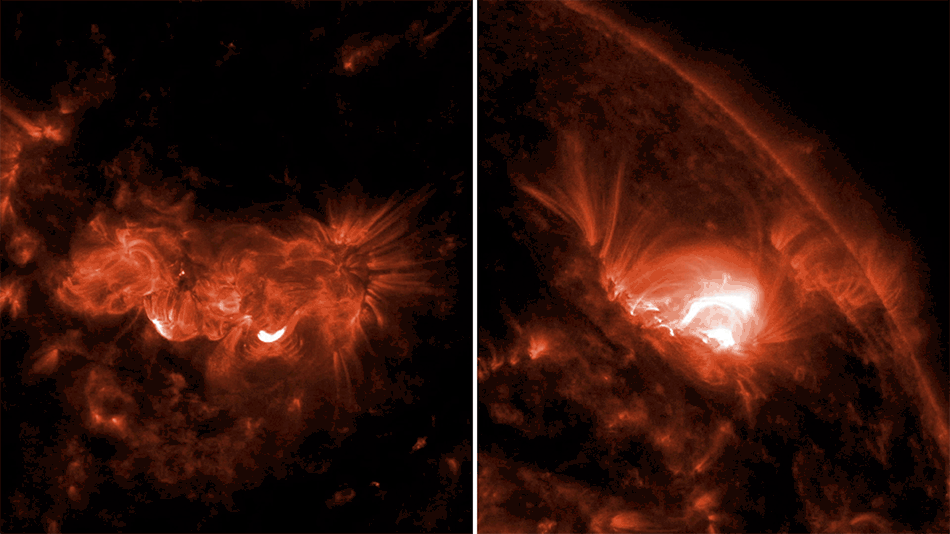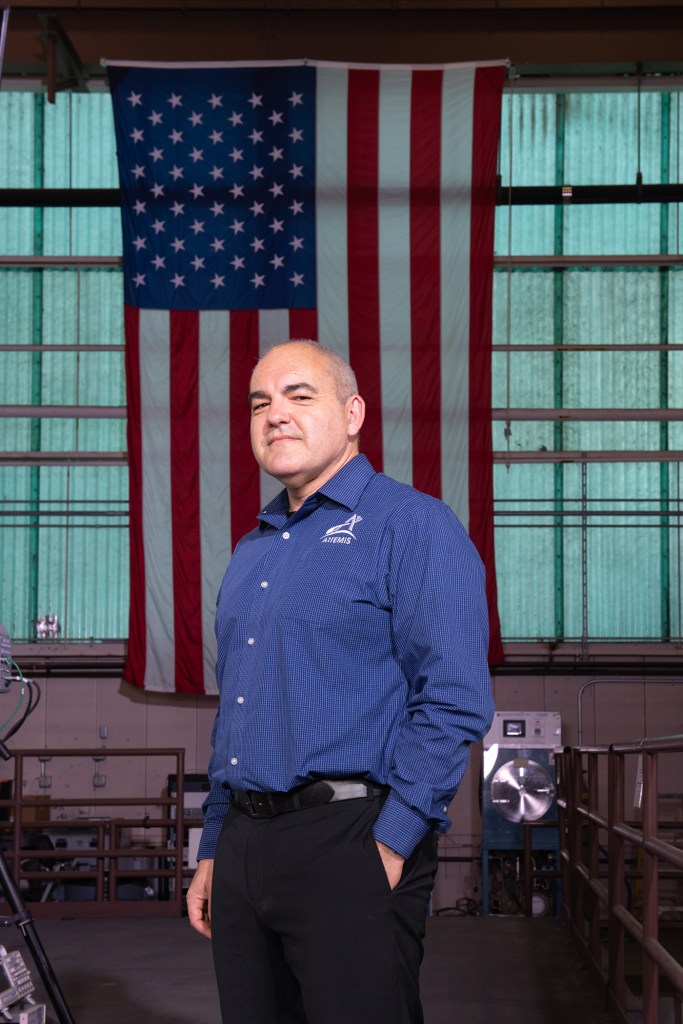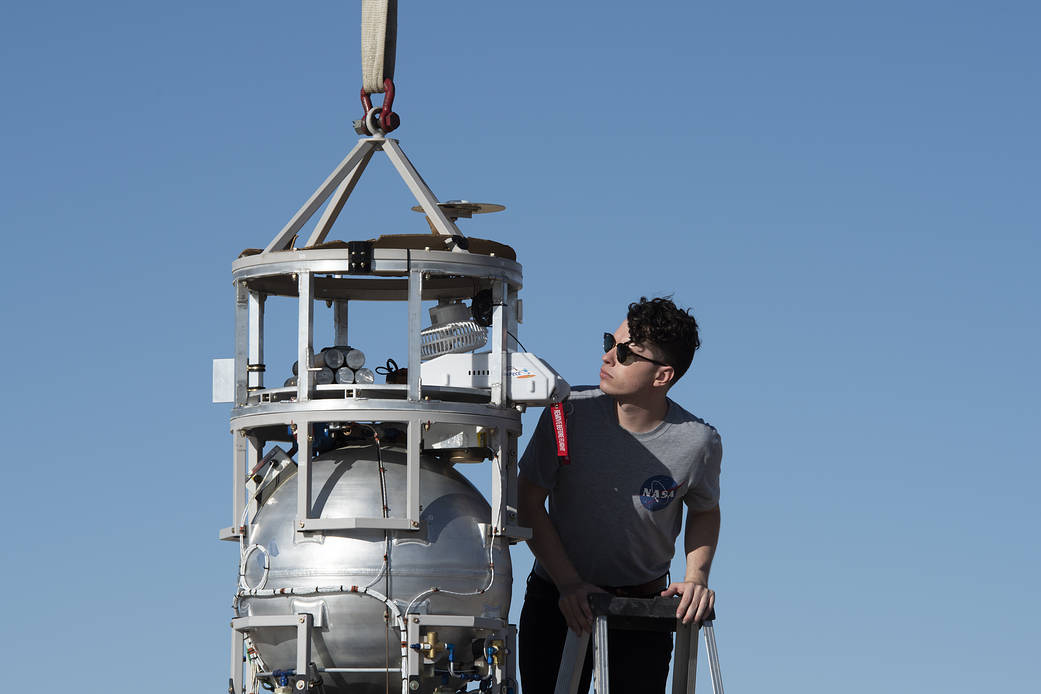Before new landing technologies make it to the Moon, NASA and commercial partners are refining them aboard suborbital rockets that launch then land back on Earth. Engineers tested the performance of a Draper terrain relative navigation system in Mojave, California, Sept. 11 on Masten Space Systems’ Xodiac rocket. The flight test was supported by NASA’s Flight Opportunities program.
The purpose of the flight test was to demonstrate terrain relative navigation technology that can identify surface features in real-time and characterize navigation performance. During the flight, the system successfully detected terrain features continuously while above an altitude of 330 feet. Images taken by a camera onboard were compared with a preloaded map to identify common landmarks and track interesting features. This capability would improve a robotic or crewed lander’s knowledge of where it is and where there is a safe spot to touch down.
NASA’s work to develop this and related technologies falls under a larger effort known as SPLICE – the Safe and Precise Landing Integrated Capabilities Evolution project. The agency’s Game Changing Development program is working with commercial companies to mature a suite of precision landing technologies for possible use on future commercial lunar landers.
Photo Credit: Masten Space Systems

